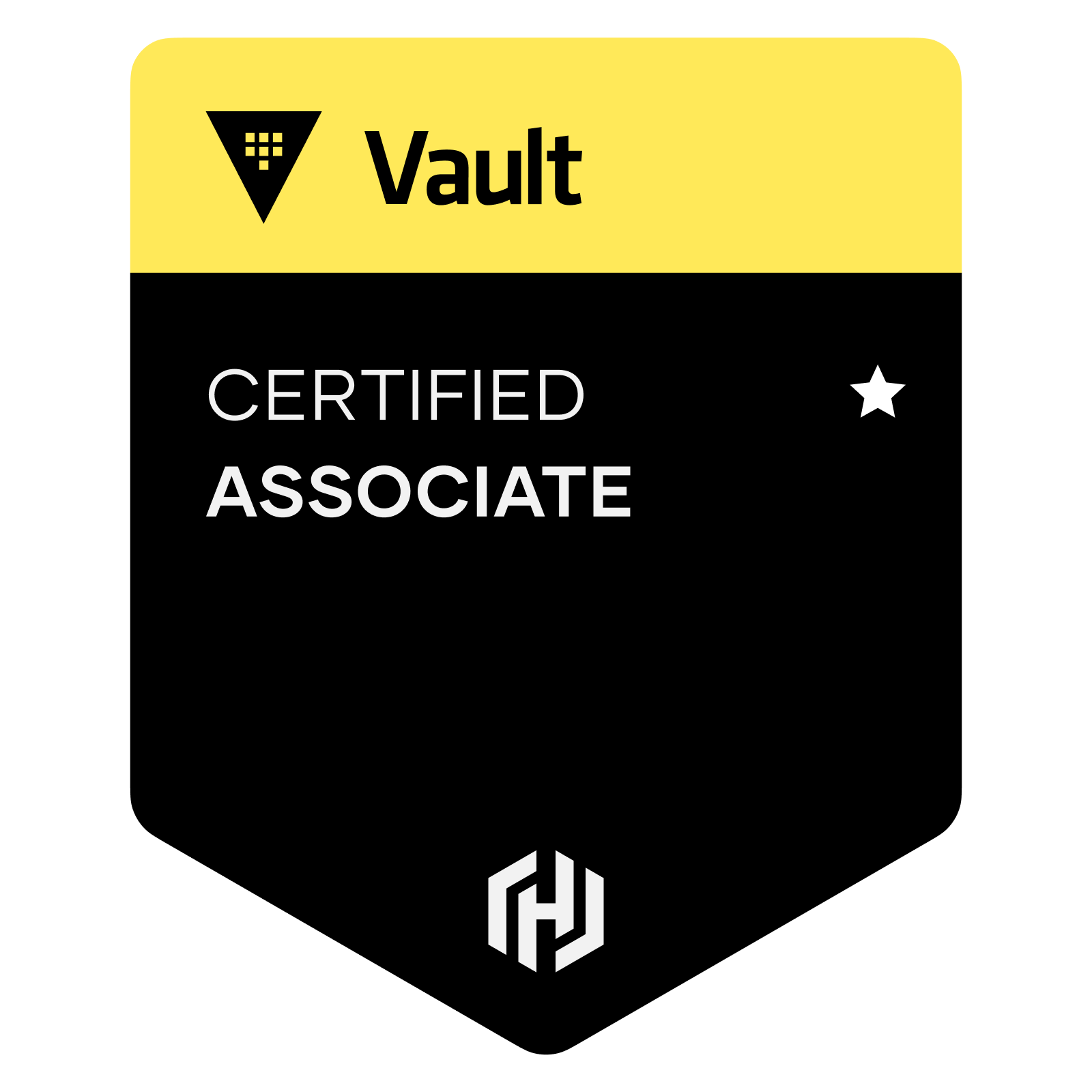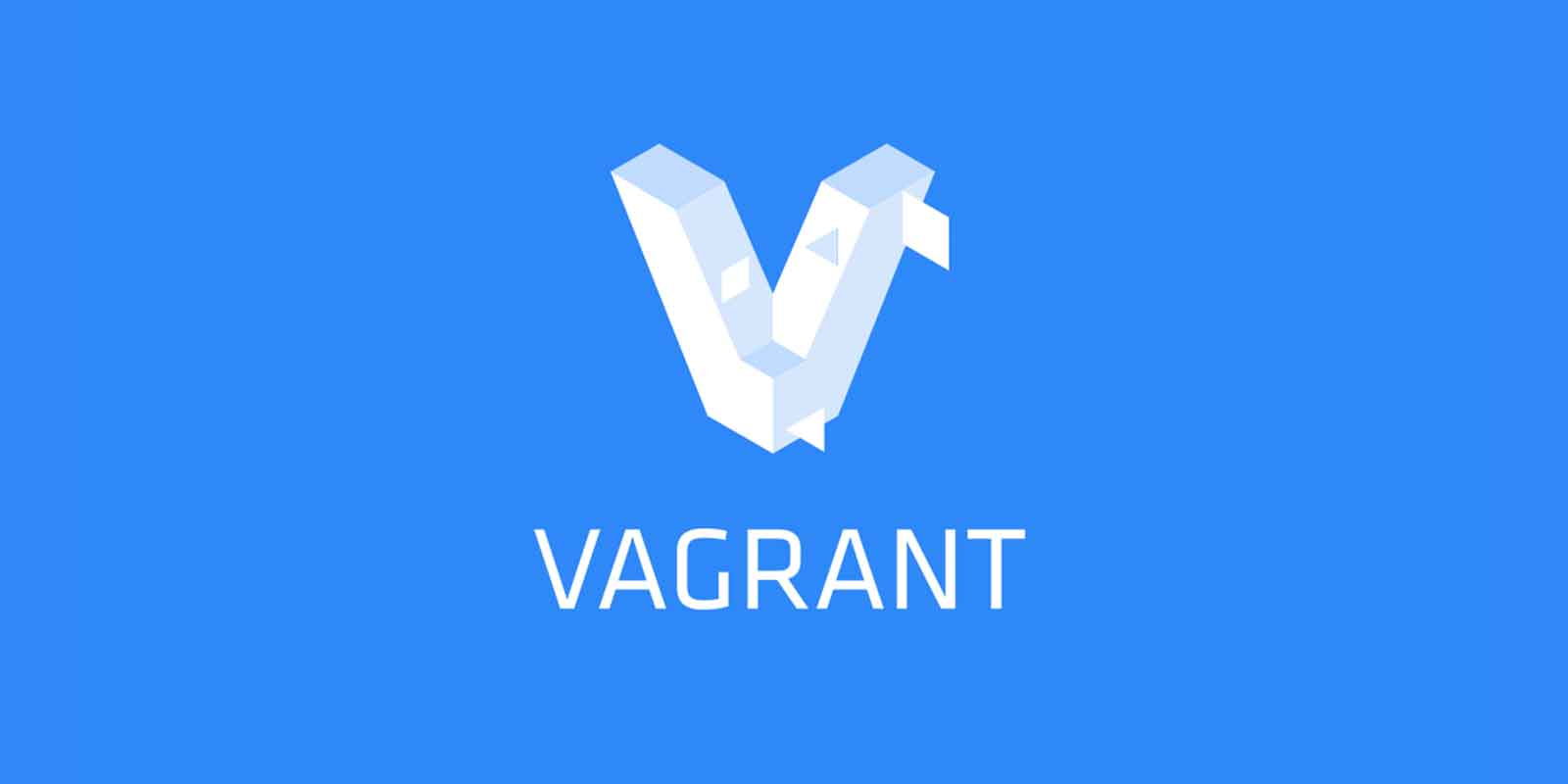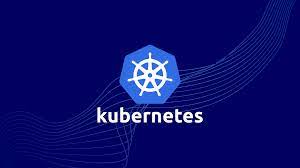Description
HashiCorp Certified: Vault Associate (002)
The Vault Associate (002) Training is tailored for Cloud Engineers with expertise in security, development, or operations, who possess a solid grasp of the fundamental concepts, skills, and use cases associated with HashiCorp Vault. Candidates will be optimally prepared for this exam if they have professional experience utilizing Vault in production. However, proficiency in executing the exam objectives within a personal demo environment may also suffice. This individual comprehensively understands the enterprise features available and the limitations inherent in the Community offering. To schedule and take the exam, please visit the HashiCorp Certification Exam Portal.
Prerequisites of Vault Associate (002) Training
- Basic terminal skills
- Basic understanding of on-premise or cloud architecture
- Basic level of security understanding
- Product version tested
- Vault 1.6.0 and higher
Preparing for the exam
The Vault Associate (002) Training Certification provides both a study guide and a review guide. While a significant portion of the information in these two guides overlaps, they are presented differently to cater to different needs. If you aim to cover all the exam objectives comprehensively, utilize the study guide. Conversely, if you possess prior Vault experience and/or training and prefer to select specific objectives for review before taking the exam, opt for the review guide. Additionally, sample questions are available to help you familiarize yourself with the exam format and content.
Renewal Options:
- Option 1: Retake the Same Exam: After 18 months, retake the Vault Associate exam to extend your credentials’ expiration date.
- Option 2: Take the Professional Level Exam: After 18 months, take the Vault Associate (002) Training Professional level exam to get a new set of credentials and extend the expiration date.
Recertification is Expired:
- Retake the Vault Associate exam at any time to receive new credentials and extend the expiration date.
Exam Details of Vault Associate (002) Training Certification
- Assessment Type Multiple choice for Vault Associate (002) Training Certification exam
- Format Online proctored
- Duration 1 hour
- Price USD 70.50
- plus locally applicable taxes and fees
- Free retake not included
- Language English
- Expiration 2 years
Exam Objectives of Vault Associate (002) Training
Authentication Methods Comparison:
- Describe Methods: Explore available methods and their implementation.
- Choose Method: Understand use cases and select based on security and scalability.
- Human vs. System Auth: Differentiate for robust authentication strategies.
Vault Policies Management:
- Value of Policies: Control access and enforce least privilege.
- Policy Syntax: Define paths and capabilities for granular control.
- Craft Policies: Write clear policies for efficient management.
Vault Tokens Assessment:
- Token Overview: Understand creation, management, and policies.
- Service vs. Batch Tokens: Compare for optimal use cases.
- Root Token Lifecycle: Manage root tokens securely.
- Token Accessors: Identify and manage tokens effectively.
- TTL and Orphaned Tokens: Control token lifespan and manage orphaned tokens.
Vault Leases Management:
- Lease ID Purpose: Understand its role in managing leases.
- Renew and Revoke Leases: Extend or terminate leases as needed.
Vault Secrets Engines Comparison:
- Choose Secret Methods: Compare dynamic vs. static secrets.
- Transit Engine: Explore encryption as a service.
- Secrets Engines Overview: Understand integration and management.
Vault CLI Utilization:
- Authentication: Securely authenticate using various methods.
- Configure and Access: Manage policies, secrets, and environment variables.
- Enable Secret Engines: Set up and manage secret engines.
Vault UI Utilization:
- Authenticate and Configure: Securely access and configure Vault UI.
- Access and Manage: Retrieve and manage secrets via Vault UI.
Vault API Awareness:
- Authenticate and Access: Securely authenticate and retrieve secrets via Curl.
Vault Architecture Understanding:
- Data Encryption and Cluster Strategy: Understand encryption and deployment models.
- Storage Backends and Vault Agent: Explore storage and automation components.
- Caching and Identities: Manage cache and access control.
- Shamir Secret Sharing and Replication: Enhance security and ensure redundancy.
- Seal/Unseal and Response Wrapping: Securely manage Vault operations.
- Short-Lived Secrets: Utilize dynamically generated secrets for improved security.
Encryption as a Service Explanation:
- Transit Secret Engine Configuration: Set up encryption and decryption.
- Encrypt, Decrypt, and Rotate: Secure data and rotate keys regularly.
TABLE OF CONTENTS
Chapter 1 :
- Course Introduction
- HashiCorp Vault – Course Overview
Chapter 2 :
- Introduction to Vault
- What Is Vault?
- How Vault Works
- Why Organizations Choose Vault
- Benefits and Use Cases of Vault
- Comparing Versions of Vault
Chapter 3 :
- Learning the Vault Architecture
- Vault Components
- Vault Architecture and Pathing Structure
- Vault Data Protection
- Seal and Unseal
- Unsealing with Key Shards
- Lab—Unsealing with Key Shards
- Unsealing with Auto Unseal
- Lab—Unsealing with Auto Unseal
- Unsealing with Transit Auto Unseal
- Lab—Unsealing with Transit Auto Unseal
- Pros and Cons of Unseal Options
- Vault Initialization
- Vault Configuration File
- Storage Backends
- Audit Devices
- Vault Interface
Chapter 4: Installing Vault
- Installing and Running Vault Server
- Lab—Installing Vault Using Packer
- Lab—Manually Installing Vault
- Running Vault Dev Server
- Lab—Running Vault Dev Server
- Running Vault Server in Production
- Lab—Running Vault in Production
- Configuring the Consul Storage Backend
- Configuring the Integrated Storage Backend
Chapter 5 :
- Compare Authentication Methods
- Auth Methods—Section Overview
- Introduction to Auth Methods
- Working with Auth Methods
- Configuring Auth Methods Using the CLI
- Lab—Configuring Auth Methods Using the CLI
- Configuring Auth Methods Using the API
- Lab—Configuring Auth Methods Using the UI
- Vault Authentication Using the CLI
- Lab—Vault Authentication Using the CLI
- Vault Authentication Using the API
- Using the API Explorer
- Lab—Vault Authentication Using the API
- Lab—Vault Authentication Using the UI
- Vault Entities
- Lab—Vault Entities
- Vault Identity Groups
- Choosing an Auth Method
- Differentiate Human Versus System Auth Methods
- Lab – AppRole Auth Method
- Lab – Okta Auth Method
- Lab – UserPass Auth Method
- Exam Tips for Objective 1
- Chapter 6: Create Vault Policies
- Vault Policies—Section Overview
- Introduction to Vault Policies
- Managing Policies Using the CLI
- Managing Policies Using the UI
- Managing Policies Using the API
- Anatomy of a Vault Policy
- Vault Policies—Path
- Vault Policies—Capabilities
- Customizing the Path
- Working with Policies
- Exam Tips for Objective 2
Chapter 7 :
- Assess Vault Tokens
- Assess Vault Tokens—Section Overview
- Announcement—Token Update for Vault 1.10
- Introduction to Vault Tokens
- Token Hierarchy
- Controlling the Token Lifecycle
- Periodic Tokens
- Service Tokens with Use Limits
- Orphan Tokens
- Setting the Token Type
- Managing Tokens Using the CLI
- Managing Tokens Using the UI
- Managing Tokens Using the API
- Root Tokens
- Token Accessors
- Explaining Time-to-Live (TTL)
- Create a Token Based on Use Cases
- Exam Tips for Objective 3
Chapter8:
- Compare and Configure Secrets Engines
- Section Overview
- Static Versus Dynamic Secrets
- Introduction to Secrets Engines
- Working with a Secrets Engine
- Configuring a Secrets Engine for Dynamic Credentials
- Key/Value Secrets Engine
- Working with KV Secrets Engine
- Encrypting Data with the Transit Secrets Engine
- Using the Transit Secrets Engine
- Lab—Transit Secrets Engine
- Lab—AWS Secrets Engine—IAM
- Lab—AWS Secrets Engine—Assumed_Role
- Lab—Key/Value (KV) Version 1 Secrets Engine
- Lab—Key/Value (KV) Version 2 Secrets Engine
- Lab—Database Secrets Engine
- Lab—PKI Secrets Engine
- Lab—TOTP Secrets Engine
For additional information regarding Vault Associate (002) Training, please visit here.
Contact Locus IT support team for further training details.






